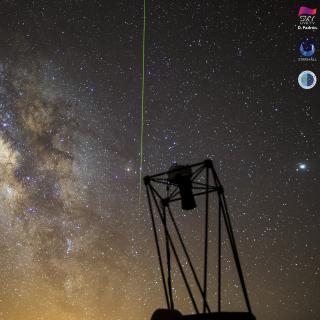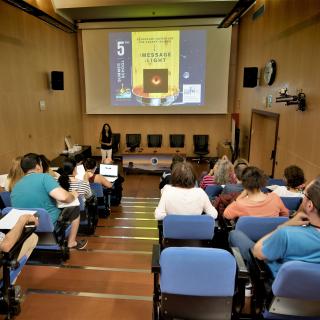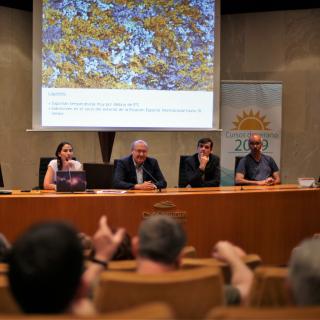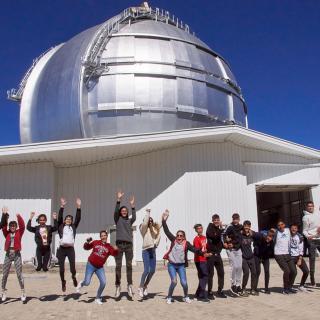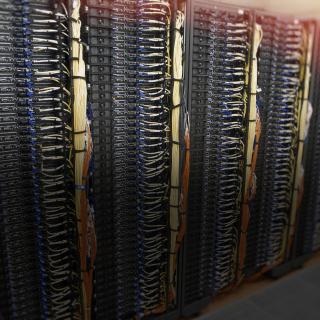
The team led by the researcher from the Instituto de Astrofísica de Canarias (IAC) Mohammad Akhlaghi has obtained a European grant to develop a project focused on the handling of large quantities of data, and the capacity to be able to reproduce any scientific result by another research group.
Advertised on
